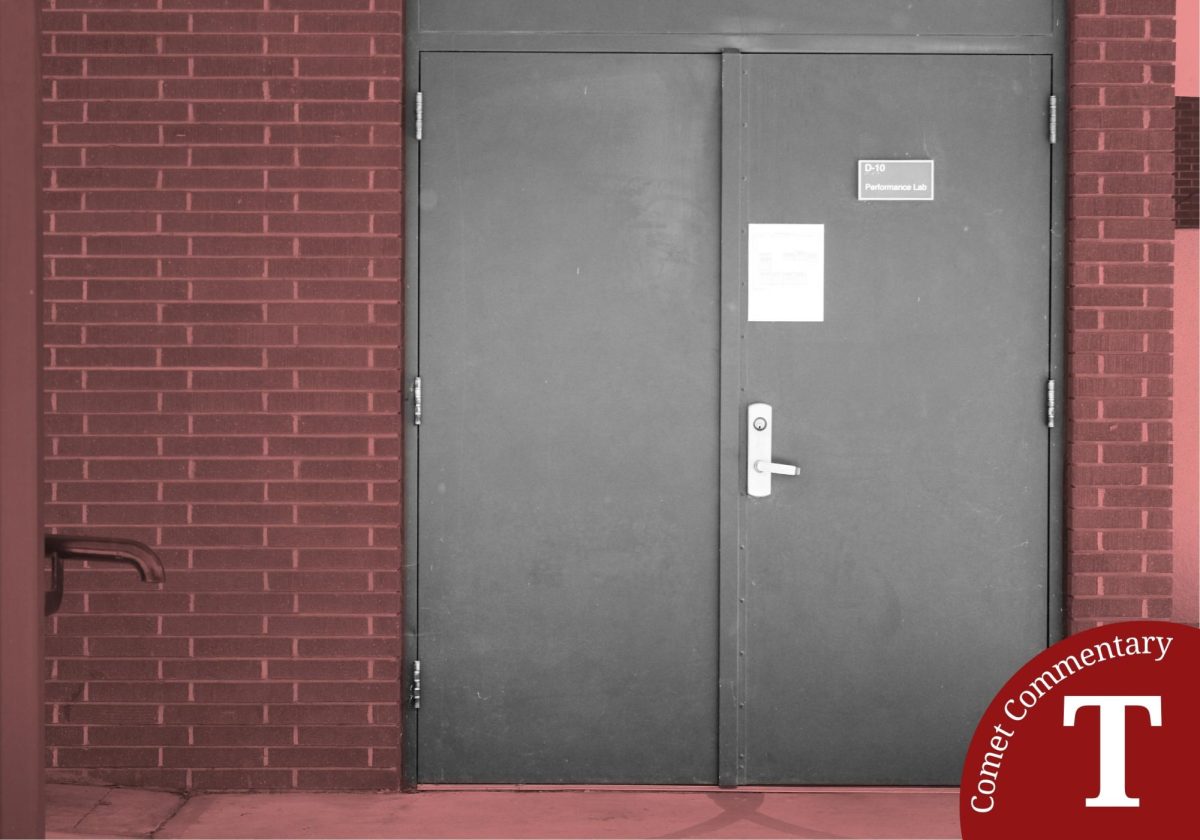With many gyms closed throughout the U.S. in response to the coronavirus pandemic, some students choose to exercise at home. While options seem limited, there are many ways to stay active during social isolation.
1. Bodyweight training: The most obvious option is just using your own body weight as resistance and endurance. Classic exercises like squats, lunges, step-ups, sit-ups, push-ups, and pull-ups can help you jump start your workout.
2. Stretching may help you prepare your workout or relax your body and mind, and there are four primary types of stretching: static, dynamic, active, and passive. Each of these types has its place in your workout since not all types of stretching is appropriate for certain activities.
For example, a 2019 review found that static stretching may be used for certain strength activities like weightlifting as long as the stretching is less than 60 seconds, but for high-power sports like powerlifting, dynamic stretching should be used instead of static stretching.
3. Free weights: Dumbbells, kettlebells, and barbells are some of the most common types of free weights you can buy or borrow to use at home. You can do most of the lower-body bodyweight exercises while carrying a dumbbell or kettlebell in each hand, or carrying a barbell on your shoulders or in front of you near your upper chest.
Other types of exercises you could do include kettlebell swings, shoulder press, triceps extension, biceps curls, lateral raises, and standing rows.
4. Combat: Got a punching bag? If you are already training in a martial art, any method that you train can improve your strength, power, speed, and stamina in strikes and kicks. Boxing, wushu, muay thai, krav maga, eskrima—you name it. Weapons training, such as with a sword, staff, or spear, can be another option if you already know the basics like Morgan from “The Walking Dead.”
If you are into grappling arts, jiu-jitsu and aikido, and you have no one to spar with because of the coronavirus pandemic, you can still by yourself by practicing rolls and ground maneuvers.
5. Dance: Don’t like to the typical cardio? Dance can be an alternative! Not only does it offer cardiovascular benefits like jogging and cycling, you also learn how to move in rhythm and in sync with music. Hip-hop, salsa, funk, bachata, waltz, Top 40: anything that makes you get up and move.
You can probably find many YouTube videos that offer dance-like aerobics or beginning dance lessons. Since you are staying home, might as well learn something new!
6. Reps and sets: The number of reps and sets you do depend on your goals. For bigger muscles, current research finds that 6 to 20 reps are an optimal range.
For general strength, the American College of Sports Medicine recommends two to three sets for eight to 12 reps. Find what works best for you since there are no cookie-cutter formats for everyone.
7. Outdoors: Hiking is still a good option if you are tired of being at home. Fallbrook, San Marcos, Escondido, and Poway offer many short hiking trails that you can do for half a day. Avoid crowds and take precautions for your own safety, especially if you are alone.
8. Rest intervals: Sixty seconds is the typical recommendation to rest between sets of strength training. However, recent research finds that there is hardly any differences in performance between groups of people who rested for 60 seconds or less than those who rested longer than 60 seconds.
A study in 2009 found that high exercise intensity requires three to five minutes of rest between sets to maximize strength production in the next set. However, one-minute rest intervals are more ideal for moderate-intensity training.
Although there is no exact duration to rest, you want to rest enough to be able to perform your next set, yet not too long that you miss out on the strength adaptation phase in your workout. If you want to take selfie between sets, make it quick.
9. Sleep: Although sleep researchers are not sure how exercise affects sleep quality, they do know that exercise can improve mental health, which could improve sleep. Don’t neglect your bedtime. Get your seven to eights hours a day.












